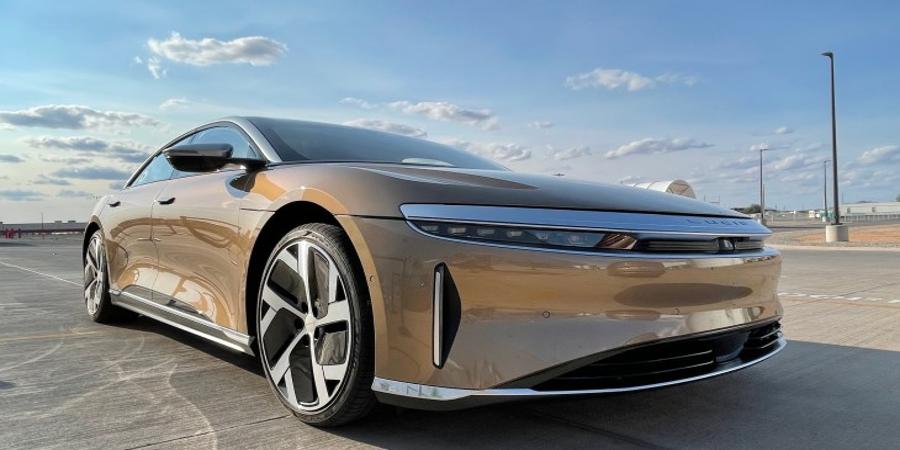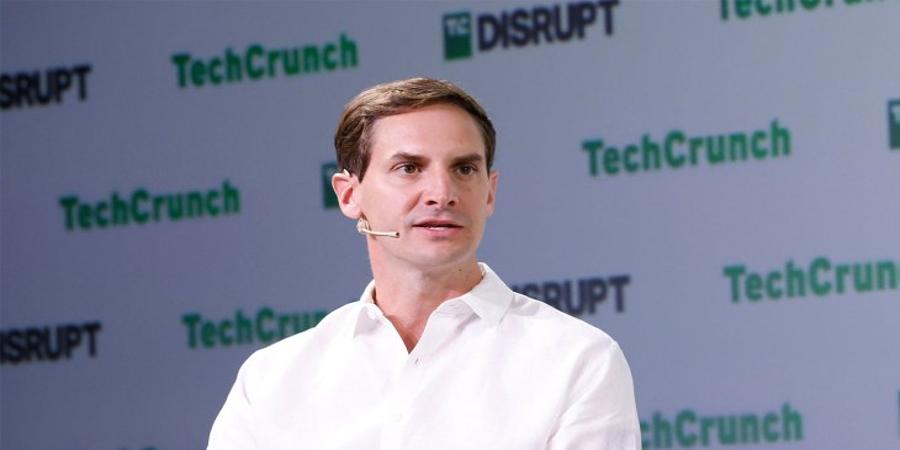Lucid has reached an agreement that will give owners of its luxury EVs access to Tesla’s network of superchargers — following the path of Ford, GM and the majority of automakers that sell EVs in North America have taken in recent months.
Ford kicked off the trend in May 2023 when it announced its EV owners would soon have access to about 12,000 Tesla chargers initially via an adapter; Ford added that its next generation of EVs would be integrated with Tesla’s charge port called the North American Charging Standard (NACS) starting in 2025. GM, Rivian, Honda, Mercedes, Hyundai, Kia, Toyota and most recently Subaru followed with their own announcements to adopt Tesla’s charging standard.
Lucid was one of the last remaining holdouts. Like previous announcements, Lucid will begin by providing owners of its EVs, which are built with the Combined Charging System (CCS), with an adapter that will give it access to thousands of Tesla chargers, known as Superchargers. Lucid will incorporate Tesla’s NACS charging port into its EVs starting in 2025.
“Adopting NACS is an important next step to providing our customers with expanded access to reliable and convenient charging solutions for their Lucid vehicles,” said Peter Rawlinson, CEO and CTO at Lucid. “We believe that a unified charging standard, backed by the nationwide rollout of future-ready higher-voltage charging stations, will be a critical step in empowering American consumers to adopt electric vehicles.”
Lucid’s decision puts access over quickness — at least for now. Lucid’s luxury Air sedans have a 900-volt electric architecture, which has a higher thermal efficiency and in turn, can lead to better range and much faster charging.
Most electric vehicles — with the exception of the Audi E-Tron GT, Porsche Taycan, Kia EV6 and Hyundai Ioniq 5 — have a 400-volt architecture. For EVs with 800-volt electric systems to reap the full benefits of fast charging times, it needs proper charging equipment that can take advantage of that architecture. Most public chargers have 400-volt systems and today’s Tesla Superchargers are rated at about 500 volts. This means that Lucid, and any other EV with 800-volt charging systems, won’t be able to charge as fast as they might with chargers designed for them, as Consumer Reports noted last month.
For now, this is a small point, considering how rare 800-volt fast chargers are out in the world.
Lucid spokesperson Andrew Hussy told TechCrunch that Tesla’s current charging system helps Lucid customers with the convenience of more charging options. But he noted that in the future, Tesla is supposed to start offering much higher voltage charging.
Source @TechCrunch



